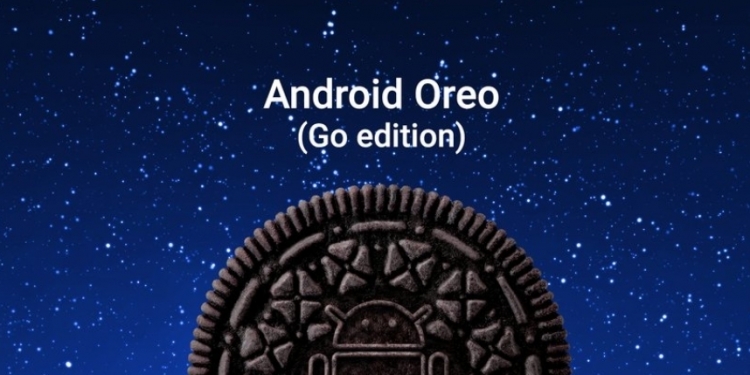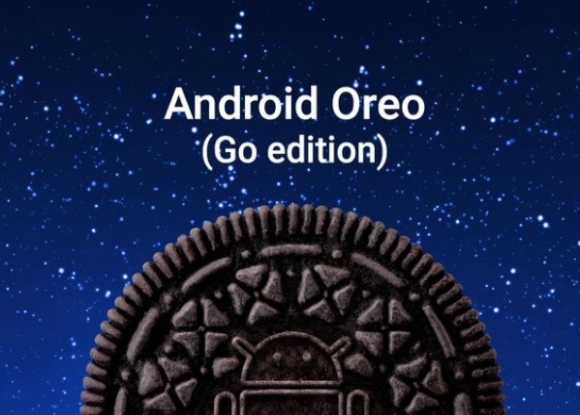In their pursuit of connecting the “next billion”, Google’s focusing more heavily on entry-level devices. And when I say entry-level I’m talking about super-entry level devices. That’s where Android Oreo (Go edition) comes in. It’s a version of Google’s operating system that’s designed to run on cheap Android smartphones.
Although we saw Google talk about this at their I/O conference earlier this year, today is the day where Google officially launches this product with Android 8.1. Android Oreo (Go edition) will be available for device manufacturers and developers, with devices set to ship “in the next few months”.
As a consumer, it’s pretty simple. The only thing you need to know is that whenever you purchase an Android Oreo smartphone with either 512MB or 1GB of memory, your device will be using the Go optimisations. Google says that there were four goals they wanted to fulfill during when building Android Go.
The first is performance. According to Google, their engineers spent over a year tuning the operating system all the way down to the kernel so that it will run well on entry-level devices. They say that with this, app startup time is 15% faster on Go devices.
Second, they focused on security and they didn’t skimp on this. Phones running Go edition software has the same kind of security features as a standard Oreo device. it also comes with Google Play Protect.
Third, they wanted to address data management concerns. With this in mind, devices running Go will have Google’s Data Saver turned on by default. Go also has the individual app data management features you’d find in the standard version of Android, which is nice.
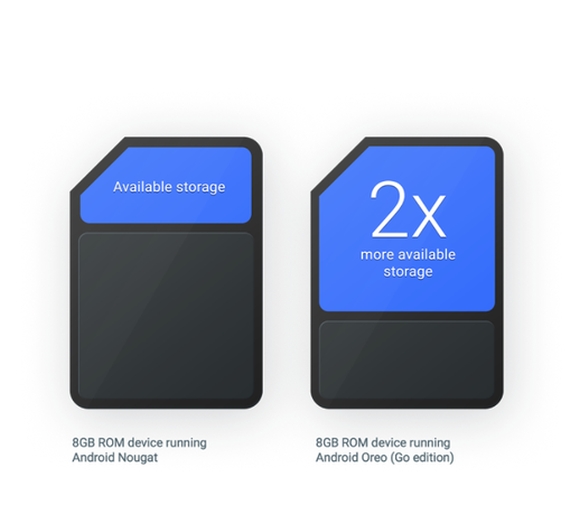
Finally, they wanted to touch on storage because, let’s face it, all entry-level devices face this problem. When you only have 8GB-16GB of storage, the OS itself will already occupy a large chunk of your internal storage. On Android Oreo (Go edition) though, Google’s managed to optimise the OS code to make it more compact.
Go devices will also come with special Go-optimised apps like the newly launched YouTube Go and a bunch of new Go applications including an Assistant Go, which brings to Google Assistant to entry-level devices. Google says that with these optimisations, they’ve been able to double available storage on smartphones running Android Oreo (Go edition) while Go versions of Google’s apps have, on average, 50% reduced size.
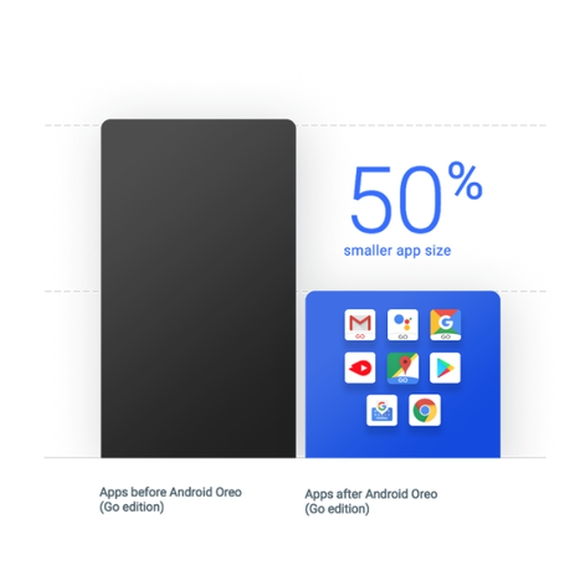
One of the more interesting new Go apps is something called Files Go that’s designed to help you free up space, help you find files faster and can also let you share files with other users via WiFi Direct.
Files Go has a rather interesting interface that first focuses on ways you can free up extra space by identifying duplicate images, stuff like WhatsApp media, large files, and low-res files so you can easily delete all of them at a go. Files Go is available for download on all Android devices in the Play Store so you can check it out if you’re interested.
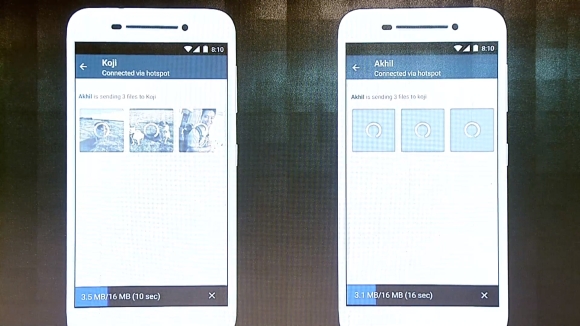
Speaking of apps, Android Oreo (Go edition) smartphones will also have a tuned version of the Google Play Store. Users can still download any app they want on the Play Store but this tuned version will highlight the apps that are designed to work best with your device. These highlighted apps include Go versions of standard apps as well as Lite versions of popular apps like Facebook Lite and Messenger Lite.
For more information on this you can check out Google’s blog post about Android Oreo (Go edition).

